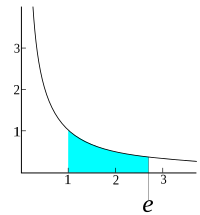
Photo from wikipedia
Objective To evaluate the null hypothesis that there is no difference in a set of clinical predictors of potentially impacted canines between low-risk patients with and without displaced canines. Methods… Click to show full abstract
Objective To evaluate the null hypothesis that there is no difference in a set of clinical predictors of potentially impacted canines between low-risk patients with and without displaced canines. Methods The normal canine position group consisted of 30 patients with 60 normally erupting canines ranked in sector I (age, 9.30 ± 0.94 years). The displaced canine group comprised 30 patients with 41 potentially impacted canines ranked in sectors II to IV (age, 9.46 ± 0.78 years). Maxillary lateral incisor crown angulation, inclination, rotation, width, height, and shape, as well as palatal depth, arch length, width, and perimeter composed a set of clinical predictors, which were evaluated on digital dental casts. Statistical analyses consisted of group comparisons and variable correlations (p < 0.05). Results There was a significant association between sex and mesially displaced canines. Unilateral canine displacement was more prevalent than bilateral displacement. The crown of the maxillary lateral incisors was significantly angulated more mesially and rotated mesiolabially in low-risk patients with displaced canines, who also had a shallower palate and shorter anterior dental arch length. Lateral incisor crown angulation and rotation, as well as palatal depth and arch length, were significantly correlated with the canine displacement severity. Conclusions The null hypothesis was rejected. Maxillary lateral incisor angulation inconsistent with the “ugly duckling” stage as well as a shallow palate and short arch length are clinical predictors that can significantly contribute to the early screening of ectopic canines in low-risk patients.
Journal Title: Korean Journal of Orthodontics
Year Published: 2023
Link to full text (if available)
Share on Social Media: Sign Up to like & get
recommendations!